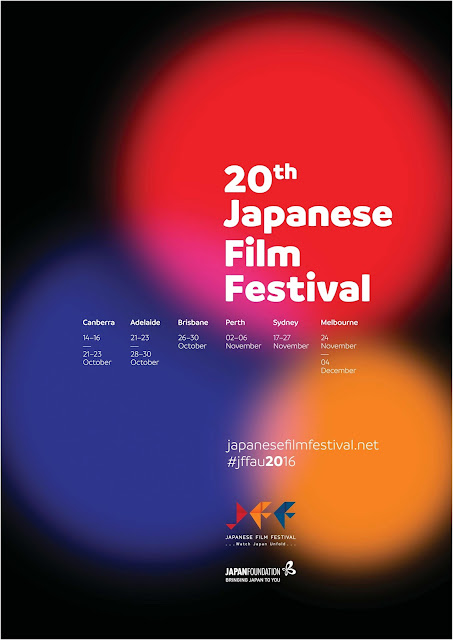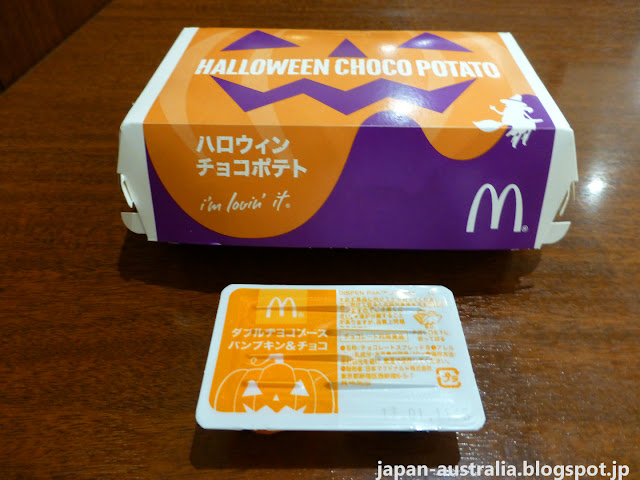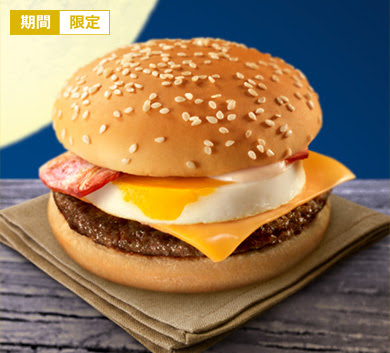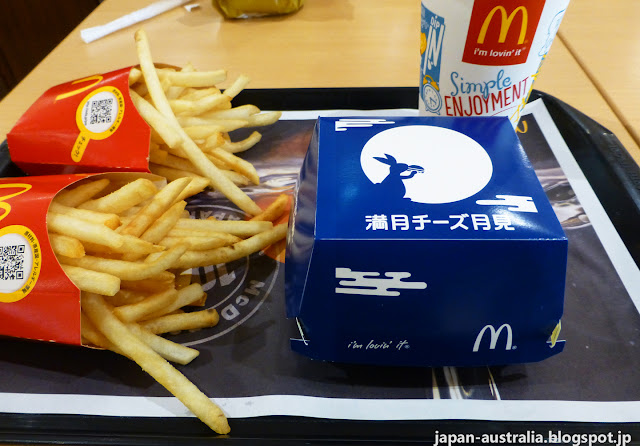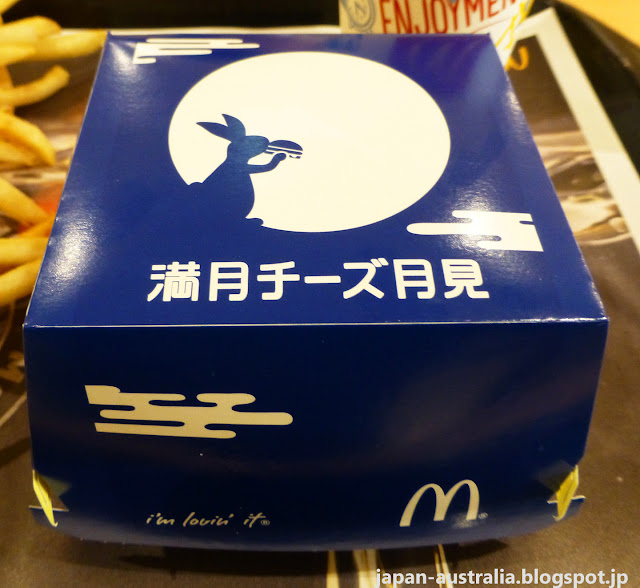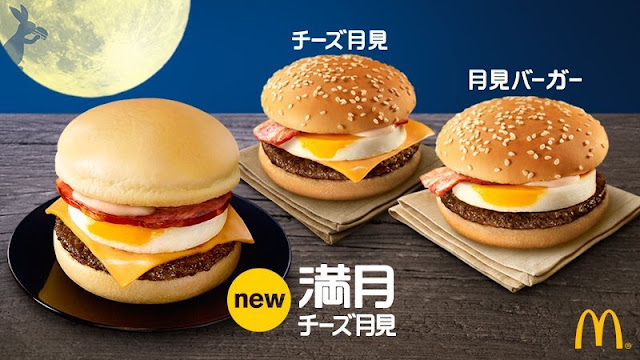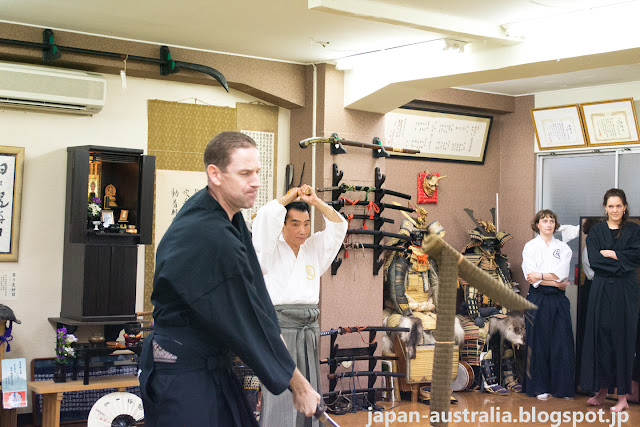There are karaoke boxes all throughout Japan, mostly located near train stations and in big cities. Majority of the time they filled with young and elderly people a like. It is a good way to relax after school or work and blow off some of the day’s stresses. But why hasn’t karaoke’s popularity boomed in the Western world as it has in Japan? What is it about karaoke in Japan that makes it so special?
Photo by Ed Schipul
Impress your Japanese friends at a karaoke night & learn Japanese. Try a free class here.
The most noticeable difference between Japanese karaoke and Western karaoke is the structure. In Western karaoke, participants stand up on a stage in front of other bar patrons and sing their (drunk) hearts out. In Japan however, karaoke patrons are assigned a booth (depending on group size), completely separated from strangers and alone with their friends. Hence the difference in names; karaoke bars in the west, and karaoke boxes in Japan.
Not surprisingly, this plays a huge factor in karaoke’s popularity. Knowing that the only people who will hear them sing are their friends, may allow the Japanese to participate without hesitation. In addition, the dark and intimate setting provides the singers the feeling of being able to hide, while many Westerners succumb to ‘stage fright’ knowing that complete strangers will judge them. This leads to probably the biggest difference between Japanese karaoke and Western Karaoke—ideology.
Karaoke box. Picture from Wikipedia
The ways in which the Japanese and the Westerners view the idea of karaoke are on opposite sides of the spectrum. Where Westerns tend to view karaoke as a talent contest for the vocally gifted, the Japanese focus on participating and giving a sincere effort. This can be viewed through the many talent shows that exist, such as American Idol or The X Factor, both of which look for a new star and spend the first couple of weeks ridiculing those of lesser talent. Whereas in Japan, although their actual singing talents are questionable, some Japanese music artists’ albums are able to sell in the millions.
Japanese people do not care if you are a skilled singer or not. They only want you to participate in the fun and enjoy yourself. Karaoke is a good bonding experience. Not only are you in a small setting, where you are able converse with everyone in the room, you are able to show your true self without the fear of being judged based on your singing abilities.
Shimatachi summarized the difference between the ideology of Japanese karaoke and Western karaoke in Japan Pop!: “[...] karaoke must be seen as a positive social development. In short, the Walkman isolates and the boom box domineers—but karaoke unites.” (Shimatachi, 2000) [1].
Obviously, Shimatachi wrote this article in a time where people used Walkmans and boom boxes, but the message remains unchanged. Walkmans, or more recently mp3 players, keep individuals isolated from each other and encourage introverts; boom boxes, or more recently American Idol, encourage the separation of the talented and the less talented.
The success of Japanese karaoke boxes is contributed to the combination of structure and ideology. The unifying power of karaoke to bond and connect with others around them overpowers any fears and embarrassments an individual might have, a leads to an awfully fun Friday night!
Ready to sing in Japanese like a pro? Try a free class here.
[1] Shimatachi, H. (2000). A karaoke perspective on international relations In T. Craig (Ed.), Japan Pop! (pp. 101-105). Armonk, New York: M. E. Sharpe.].
This guest post has been written by Greg Scott from LinguaLift, a 21st century online language textbook for Japanese and Russian. Take your free class today!






